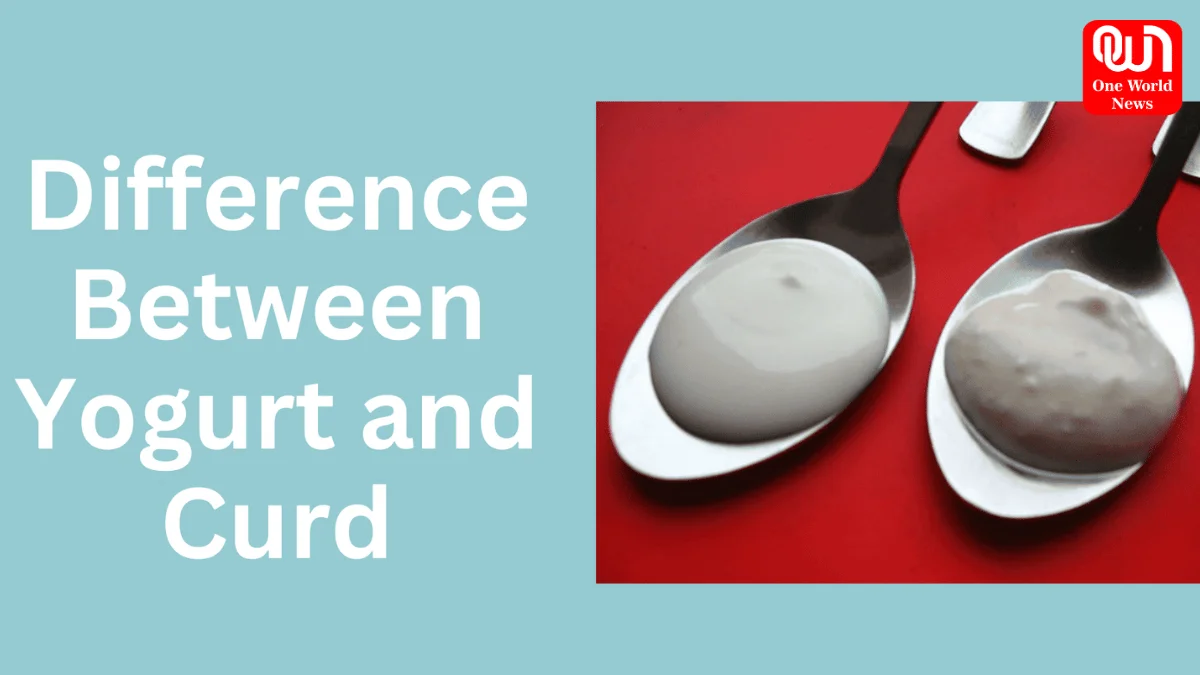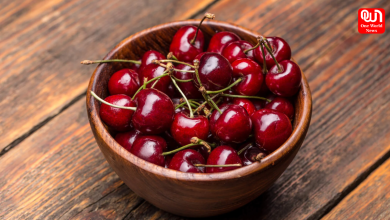Yogurt And Curd Is Not The Same! How?
People always confuse Yogurt And Curd, But How Are They Different?
Yogurt and curd are both dairy products that are popularly consumed worldwide for their taste, texture, and health benefits.
While they share some similarities, such as being made from milk and containing beneficial bacteria, there are also key differences between the two. In this article, we’ll explore the distinctions between yogurt and curd in terms of their production methods, nutritional profiles, taste, and uses.
Production Method:
1. Yogurt:
Yogurt is produced by fermenting milk with specific strains of bacteria, primarily Lactobacillus bulgaricus and Streptococcus thermophilus. These bacteria convert lactose (milk sugar) into lactic acid, which gives yogurt its characteristic tangy flavor and thick texture. The fermentation process occurs at a specific temperature range, typically between 110°F to 115°F (43°C to 46°C), and is usually carried out in controlled environments such as yogurt cultures.
2. Curd:
Curd, on the other hand, is made by curdling milk with acidic substances such as lemon juice, vinegar, or yogurt culture. The acidity in these substances causes the milk proteins (casein) to coagulate and form a solid mass, separating it from the liquid whey. The resulting curd is then strained to remove excess whey, resulting in a thick, creamy texture similar to yogurt.
Nutritional Profile:
1. Yogurt:
Yogurt is a rich source of nutrients, including protein, calcium, potassium, vitamin B12, and probiotics. Probiotics are beneficial bacteria that promote gut health and digestion. The fermentation process also helps to break down lactose, making yogurt easier to digest for individuals with lactose intolerance.
Read more:- Does makeup harm your skin? It’s more complex than you think (oneworldnews.com)
2. Curd:
Curd is also nutritious and contains similar nutrients to yogurt, including protein, calcium, and vitamin B12. However, since curd is typically made from whole milk and does not undergo the same fermentation process as yogurt, it may have a slightly different nutrient profile. Curd may also contain higher levels of fat and calories compared to yogurt, depending on the type of milk used.
Taste and Texture:
1. Yogurt:
Yogurt has a smooth, creamy texture with a tangy flavor resulting from the fermentation process. It is commonly consumed as a standalone snack, added to smoothies, or used in cooking and baking recipes.
2. Curd:
Curd has a thicker texture compared to yogurt and may vary in taste depending on the type of milk used and the fermentation process. It can have a mild, slightly sour flavor or a more pronounced tanginess, depending on the level of acidity during fermentation. Curd is often enjoyed as a side dish or accompaniment to meals in various cuisines.
We’re now on WhatsApp. Click to join.
Culinary Uses:
1. Yogurt:
Yogurt is a versatile ingredient used in a wide range of culinary applications. It can be enjoyed plain, flavored with fruit or honey, or used as a base for sauces, dressings, marinades, and dips. Yogurt is also commonly used in baking recipes to add moisture and richness to baked goods.
2. Curd:
Curd is primarily used in Indian cuisine as a side dish, condiment, or ingredient in savory dishes. It is often served alongside spicy curries, rice dishes, and bread like roti or naan. Curd can also be used to make refreshing drinks like lassi or as a base for desserts like shrikhand.
Read more:- What is the Meaning of Life? Role of Spirituality in Guiding People Find Meaning and Purpose in Their Lives
While yogurt and curd are both dairy products made from milk, they differ in their production methods, nutritional profiles, taste, and culinary uses. Yogurt is fermented with specific bacterial strains to produce a tangy, creamy product rich in probiotics, while curd is made by curdling milk with acidic substances to form a thick, creamy texture. Both yogurt and curd offer unique flavors and health benefits and can be enjoyed in various ways as part of a balanced diet.
Like this post?
Register at One World News to never miss out on videos, celeb interviews, and best reads.








